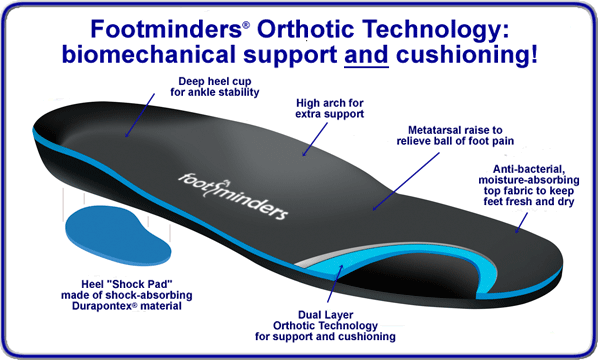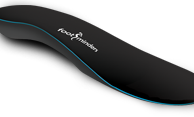Heel Spurs – what they are and associated symptoms
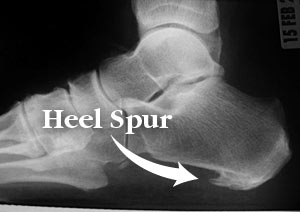 A heel spur is a bony growth on the heel bone (calcaneus). Heel spurs can cause sharp foot pain at the bottom or front of the heel bone. The pain in the heel usually subsides after a while, turning into a dull ache. The pain will often come back when getting up after sitting for a long period. The inflamed tissue around the spur causes pain and discomfort.
A heel spur is a bony growth on the heel bone (calcaneus). Heel spurs can cause sharp foot pain at the bottom or front of the heel bone. The pain in the heel usually subsides after a while, turning into a dull ache. The pain will often come back when getting up after sitting for a long period. The inflamed tissue around the spur causes pain and discomfort.
What causes heel spurs?
Heel spurs and heel pain are caused by a condition called Plantar Fasciitis, which results from inflammation of the Plantar Fascia.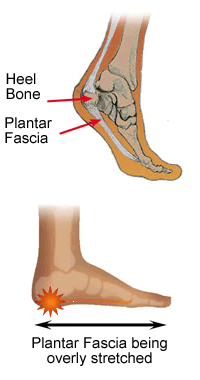 The Plantar Fascia is the thick connective tissue that runs from your toes to the your heel bone and supports the arch of your foot. In most cases, the fascia is flexible and strong. However, due to factors such as abnormal stress, excessive weight, age, or poor foot function, painful stretching and micro-tearing of the Plantar Fascia occurs, leading to irritation and inflammation at the attachment of the Plantar Fascia into the heel bone.
The Plantar Fascia is the thick connective tissue that runs from your toes to the your heel bone and supports the arch of your foot. In most cases, the fascia is flexible and strong. However, due to factors such as abnormal stress, excessive weight, age, or poor foot function, painful stretching and micro-tearing of the Plantar Fascia occurs, leading to irritation and inflammation at the attachment of the Plantar Fascia into the heel bone.
Continuous pulling of the fascia at the heel bone, eventually leads to the development of a bony growth on the heel, which is commonly called a Heel Spur.
While you’re at rest or sleeping, the Plantar Fascia tightens and shortens. When body weight is rapidly applied to the foot, the fascia is forced to stretch and quickly lengthen. This causes irritation and tearing of the fascia, explaining the sharp pain with your first steps in the morning.
Heel spurs are more likely to happen if:
- you suffer from overpronation (flattening of the arch)
– you stand or walk on hard surfaces for long periods
– you are overweight or pregnant
– you have tight calf muscles
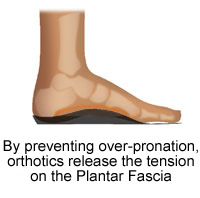 Treatment of Heel Spurs
Treatment of Heel Spurs
The most effective solution to heel spurs is to treat the cause of the problem by correcting abnormal foot mechanics with orthotic insoles.
Developed by a gorup of podiatrists, Footminders orthotic insoles control over-pronation and support the arches of your feet. By releasing the tension on the Plantar Fascia, our orthotic insoles treat the cause of Plantar Fasciitis and heel spurs. Additionally, a soft shock-absorbing heel pad helps reduce the impact on the heel, providing added pain relief and walking comfort.



 100% Secure
100% Secure